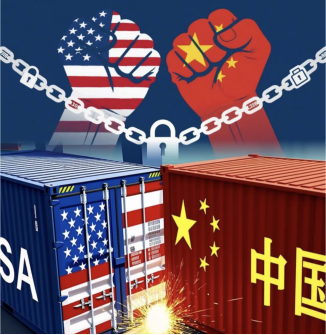China-US Suspend 24% Tariffs! 90-Day Grace Period Brings Economic Windfall
I. Policy Highlights
On May 12, the China-US Geneva Trade Talks Joint Statement announced substantial progress:
- The U.S. will remove 91% of additional tariffs imposed on Chinese goods
- China will reciprocate by lifting 91% of retaliatory tariffs
- Both sides temporarily suspend 24% of "reciprocal tariffs"

II. Key Impacts
1. Short-term relief:
Peak tariff rates drop from 145% (U.S.) and 125% (China) to 34% bilaterally. This significantly reduces trade costs, creating greater profit margins and market opportunities for import/export businesses.
2. Long-term dynamics:
The 90-day window serves as a critical negotiation period. Failure to reach agreement may reinstate the suspended 24% tariffs, potentially re-escalating trade tensions. Both nations maintain 10% baseline tariffs, indicating ongoing strategic tensions.
III. Market Outlook
1. Beneficiary sectors:
- Chinese exporters (electronics, textiles, furniture) may see increased overseas orders and expanded profitability
- Related stocks and corporate earnings could rally
- Trade recovery may boost employment in manufacturing, logistics, and cross-border e-commerce, particularly in coastal regions
- Improved exports coupled with lower import costs may temporarily widen trade surplus and stabilize forex reserves
2. Risk advisory:
While former President Trump called 145% tariffs "unsustainable," failure in negotiations could trigger their return. Businesses should prepare contingency supply chain plans against potential policy reversals when the 90-day suspension expires.

 How should handle quality issues with China-sourced products?
How should handle quality issues with China-sourced products?
 Why is China sourcing still irreplaceable in 2025?
Why is China sourcing still irreplaceable in 2025?
 Smart Manufacturing for the Future, Renewing Life: The 29th China International Kitchen & Bath Expo Leads the New Industry Wave
Smart Manufacturing for the Future, Renewing Life: The 29th China International Kitchen & Bath Expo Leads the New Industry Wave
 What are the common challenges in China sourcing, and how can they be overcome?
What are the common challenges in China sourcing, and how can they be overcome?

